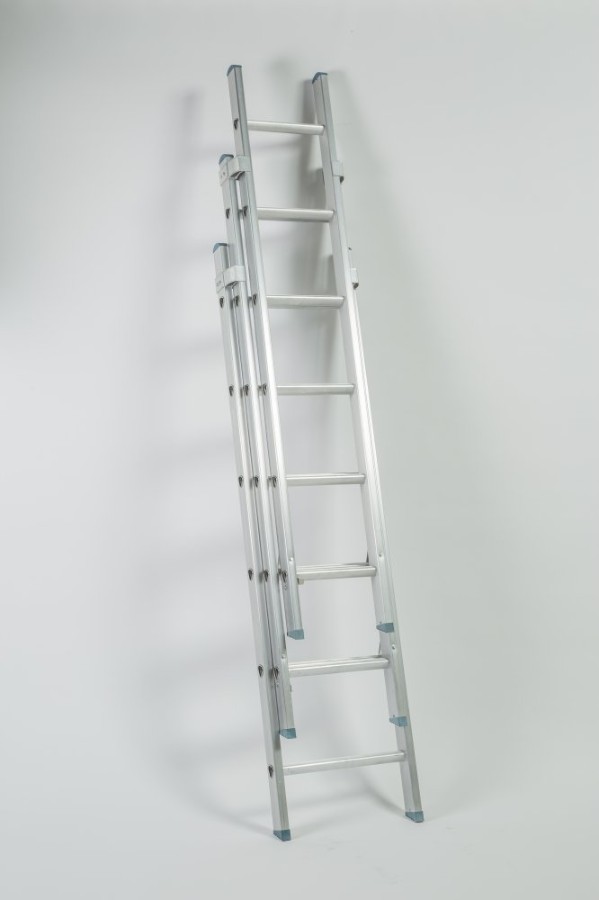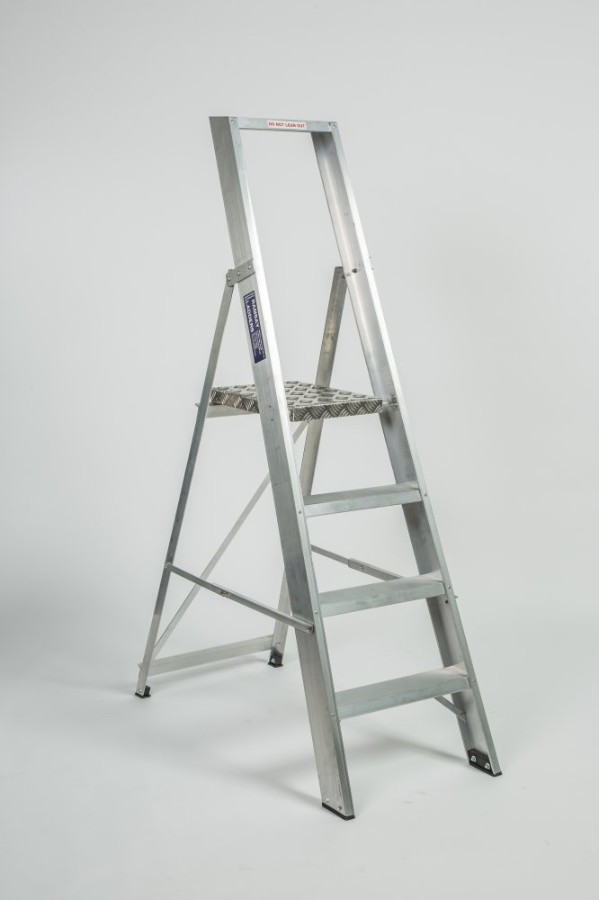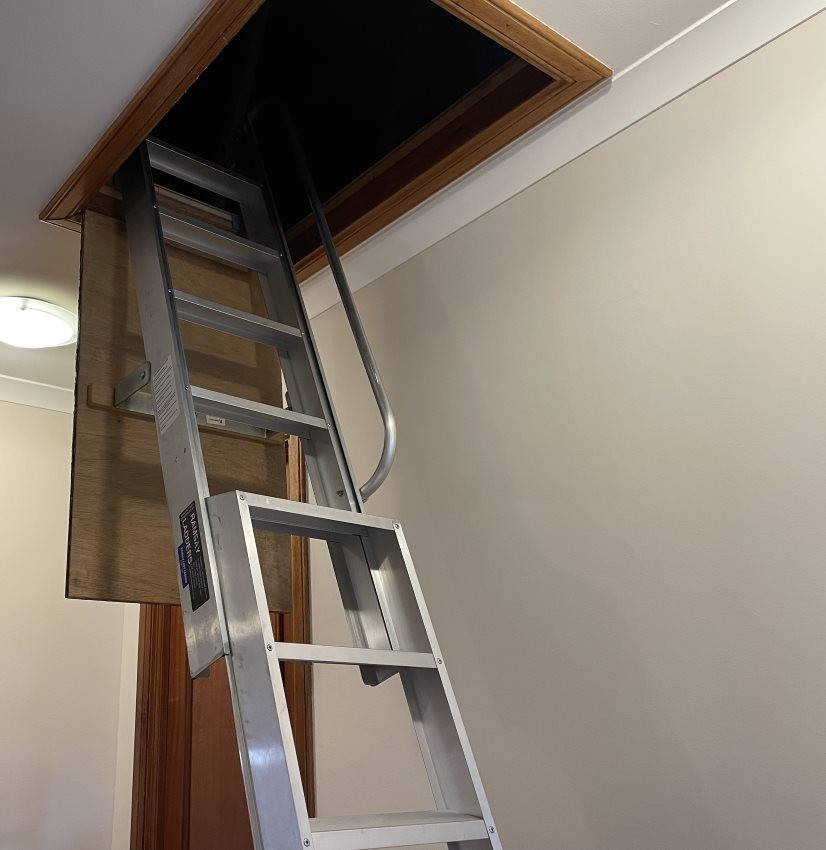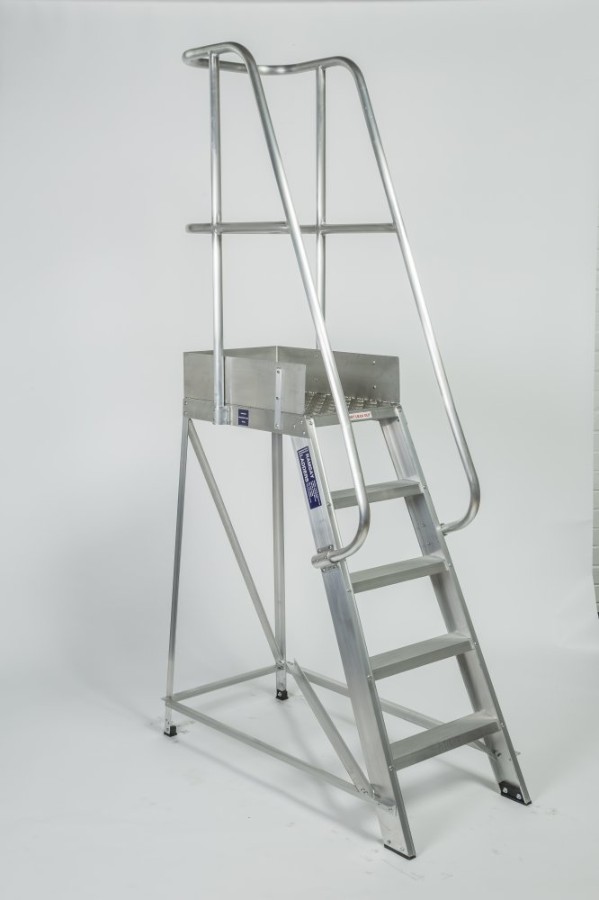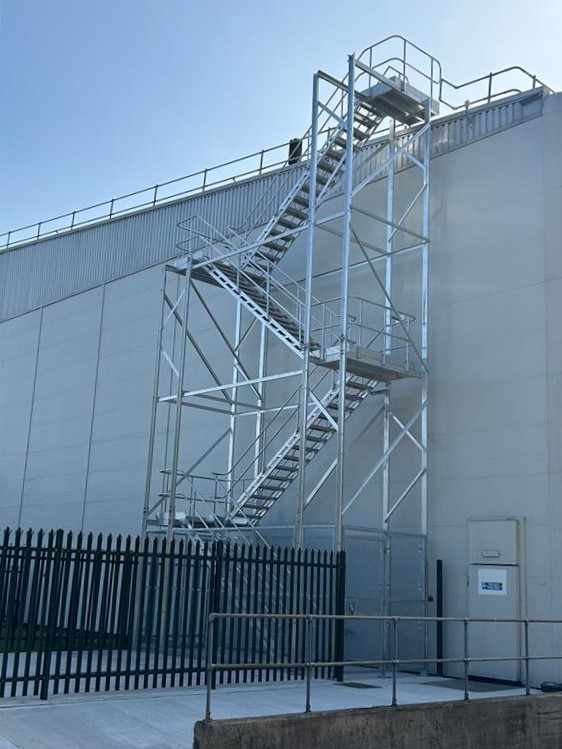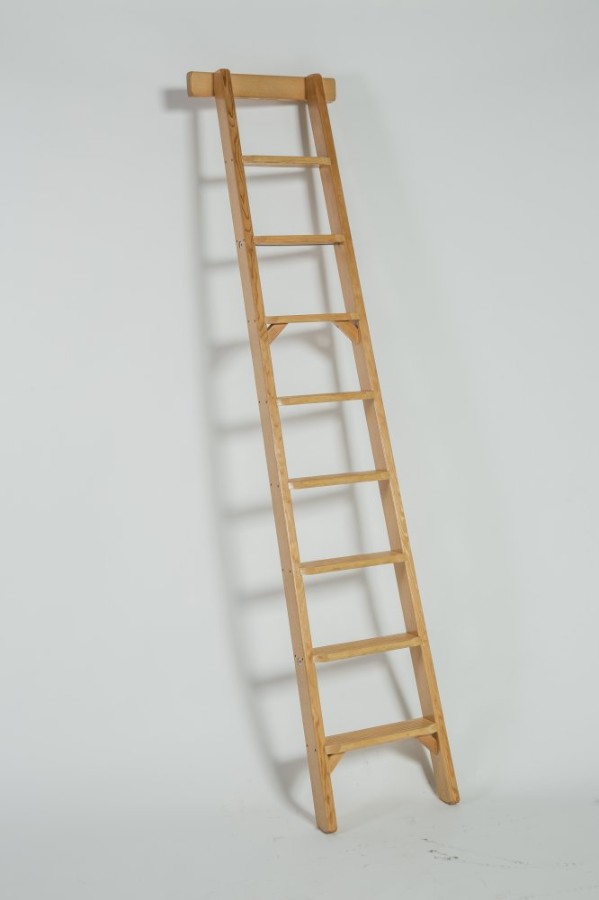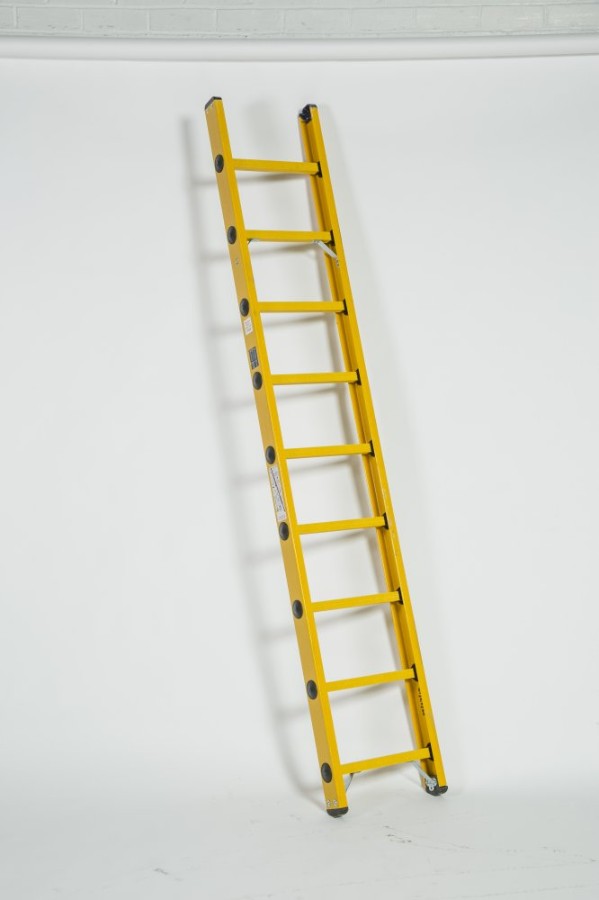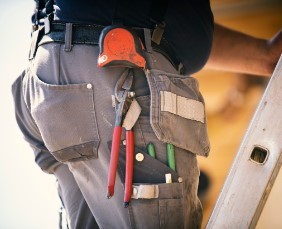Ladder Classifications - Everything You Need to Know
1 December 2022Every portable ladder that is produced or sold in the United Kingdom or European Union will be manufactured to specific regulations. This means they meet certain criteria and will have a specific classification which explains the settings they can be used in safely. Portable ladders include all step ladders, extension ladders and platform ladders.
Any ladder that is classified as a ‘single-use’ ladder – i.e. a specialist ladder used for a very specific purpose, such as a loft ladder - is not classified using the same system, so you will only see these classifications applied to portable ladders.
Within the classification system, there are three main classes that you need to be aware of: Class 1, Class EN131 and Class III. You can use the classification of a ladder to understand the safe working load that the ladder can support, judging whether it is appropriate for the situation you wish to use it in.
How are ladders classified?
Which classification a ladder falls into is defined by the level of weight it can safely hold.
| Maximum Load | Duty Rating |
| This is defined as the weight of a single person and any equipment that they need to carry up the ladder. This is sometimes also referred to as the ‘safe working load’ | Previously, ladders were defined by their ‘duty rating’ which was a value based on the expected frequency of use, and the type of environment the ladder was suitable for use in. |
Class 1 Ladders
Class 1 ladders are intended to be suitable for industrial applications and will have a maximum load in excess of 175kg. This is the highest possible rating in terms of the strength and quality of ladders, making them the most suitable for heavier use and industrial environments.
Class EN131 Ladders
This classification was introduced by the European Ladder Certification Standard and replaced the original Class II British Standards specification. It is a fairly wide classification, also known as BS EN131. These ladders are considered to be suitable for most commercial or light trade work – or alternatively may be a viable option for heavy-duty DIY use at home.
In 2018, new sub-categories of “EN131 Professional” and “EN131 Non-Professional” were introduced. However, as these are relatively new additions to the classification system, the product standards are not being applied retrospectively to existing EN131 ladders. This means that they are still perfectly legal and fit for use.
Class III Ladders
These ladders are only suitable for use in light domestic tasks, and should not be considered as a suitable option for a commercial or a trade environment. They are generally considered to be a lightweight option, and home users who intend to use the ladder for heavier-duty tasks may still wish to consider an EN131 ladder.
How can I tell what classification a ladder is?
All ladders that are for sale online should clearly show the classification in their description. If you are shopping in a physical store, you should expect to be able to see a simple colour-coded sticker that provides an indication of what classification the ladder is.
Generally, Class 1 ladders will be marked in blue, whereas Class EN131 ladders are commonly identified by a green or yellow label. The third class, Class III ladders, can be identified by a grey label. Shops may choose to display these stickers on the accompanying labels or signage where a ladder is displayed, or they may appear on the ladder itself. If the stickers are on the ladder, it’s common for them to be placed on the rubber feet at the base of the ladder, or on any user instruction labels that are physically attached to the ladder.
Sub Categories
Within the three main ladder classifications, British Standard subtypes exist. These include BS 1129:1990, which is used to indicate timber ladders (including trestles and lightweight stagings), and BS 2037:1994, which applies to metal ladders.


